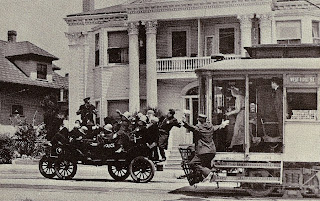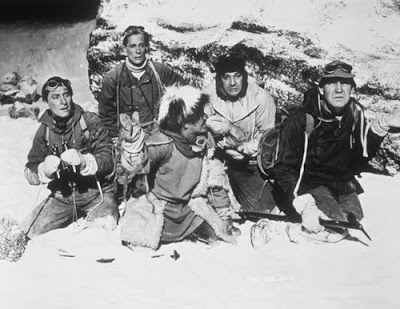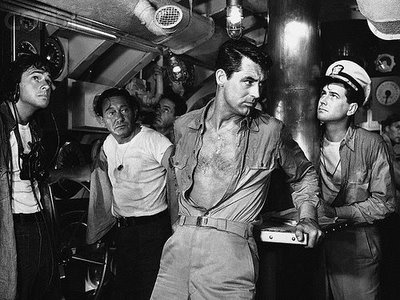 Marlene (Slave Labor Graphics, 2005)
Marlene (Slave Labor Graphics, 2005)Story and Art: Peter Snejbjerg
Rating: Nine of Ten Stars
One sveltering Danish summer, police detective Michael Joergendsen is assigned to investigate the murder of a peeping tom. As the case progresses, he discovers the woman being peeped at--a radiantly beautiful model named Marlene--seems to be the center of many strange events and dissapearances. As his obsession with both the case and Marlene grows, the main mystery becomes: Is Marlene the target of a stalker, or is she herself something more sinister?
Slave Labor Graphics may be small publisher, but they put out some seriously high-quality comics--"Halo and Sprocket", "Skeleton Key", "Private Beach", "What's Up Sugar Kat?", and "Street Angel, just to name a very few. With the English-language release of "Marlene", they added yet another fabulous comic book to their catalog.
"Marlene" is a 48-page one-shot that if it wasn't saddle-stitched would deserve to be called a graphic novel. And, frankly, it's of high enough quality that it would warrant a more durable format with a spine and cardstock covers.
Snejbjerg's tale is a perfectly paced horror tale, from the first shadowy appearance of a monstrous killer, to the final stand-off between Michael and his quarry. Snejbjerg also manages to swiftly establish his main characters as fully realized, three-dimensional personalities, and, like any good example of this kind of story, keeps some of their natures in doubt until almost the end.
Snejbjerg also shows himself to be a master of the craft of a comc book artist, something that distressingly few artists that have emerged in the past 15-20 years have been. His layouts are clean and easy to follow, his linework is crisp, and he has a great command of shadow and light. What's more, he seems to have a clear sense of the finer points of pacing a comic book story. (Hint to aspiring comcs artists and writers: Pay attention to what happens between the last panel on one page and the first panel on the following page. Get that sort of rhythm going in your work, and you'll be on your way to producing a decent comic.)
I recommend "Marlene" highly to lovers of good comic books and horror stories.





























.jpg)
